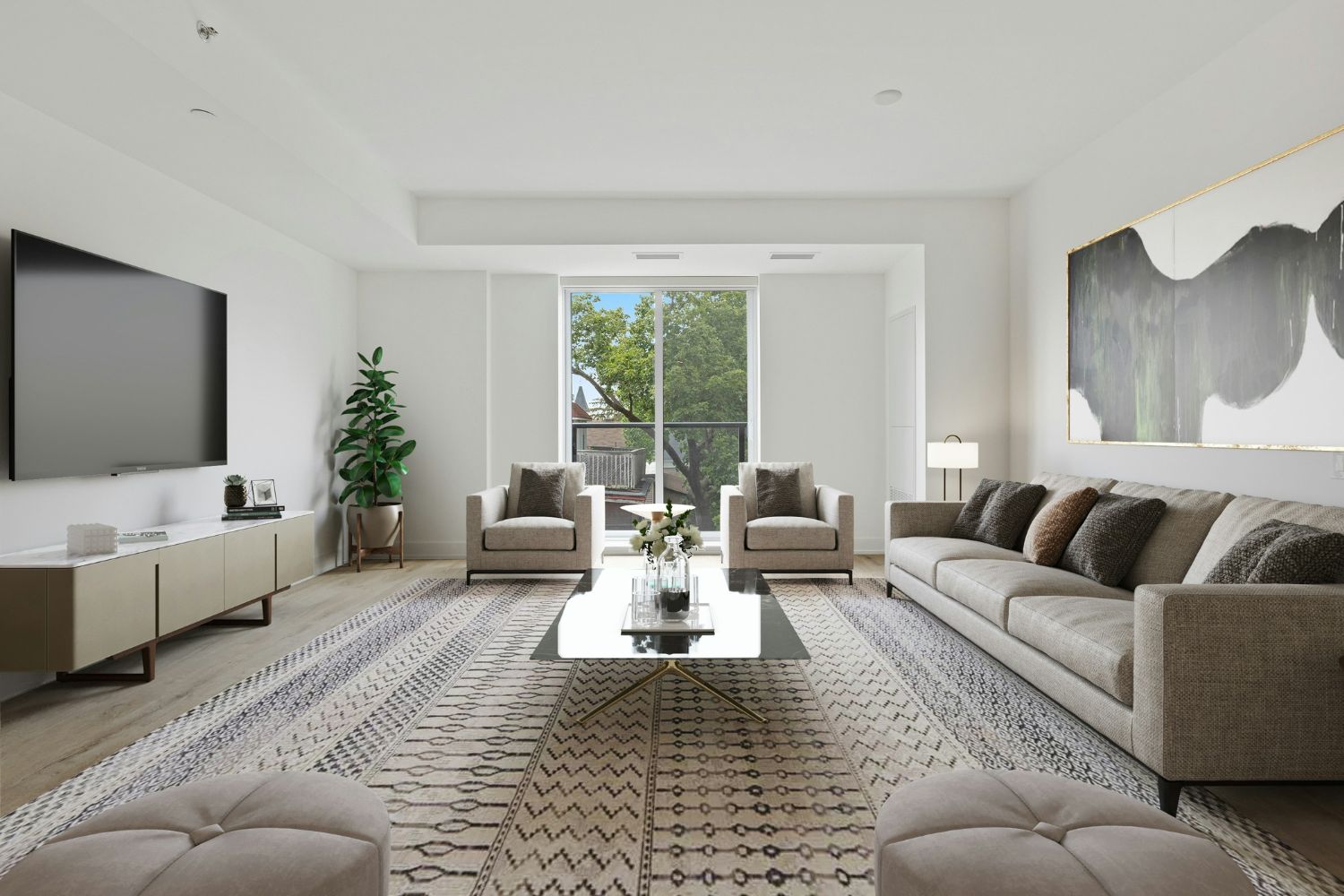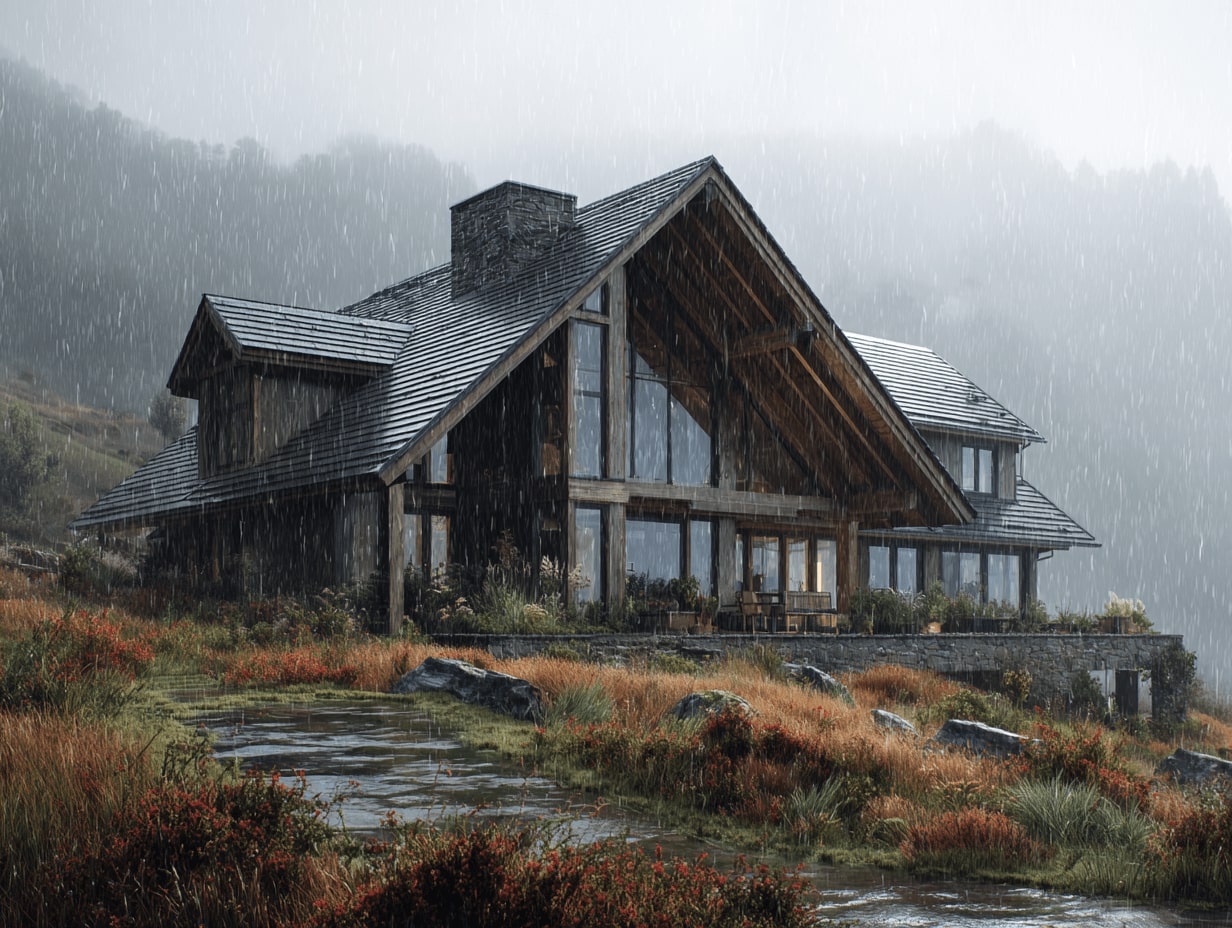- Home
- Articles
- Architectural Portfolio
- Architectral Presentation
- Inspirational Stories
- Architecture News
- Visualization
- BIM Industry
- Facade Design
- Parametric Design
- Career
- Landscape Architecture
- Construction
- Artificial Intelligence
- Sketching
- Design Softwares
- Diagrams
- Writing
- Architectural Tips
- Sustainability
- Courses
- Concept
- Technology
- History & Heritage
- Future of Architecture
- Guides & How-To
- Art & Culture
- Projects
- Interior Design
- Competitions
- Jobs
- Store
- Tools
- More
- Home
- Articles
- Architectural Portfolio
- Architectral Presentation
- Inspirational Stories
- Architecture News
- Visualization
- BIM Industry
- Facade Design
- Parametric Design
- Career
- Landscape Architecture
- Construction
- Artificial Intelligence
- Sketching
- Design Softwares
- Diagrams
- Writing
- Architectural Tips
- Sustainability
- Courses
- Concept
- Technology
- History & Heritage
- Future of Architecture
- Guides & How-To
- Art & Culture
- Projects
- Interior Design
- Competitions
- Jobs
- Store
- Tools
- More
Bright, Sunny Living: Practical Tips for Designing a Bright and Sunny Apartment
Get expert tips for designing a bright and sunny apartment: map sun paths, use LRV 70–85, CRI 90+ lighting, mirrors, and smart layouts, sheers and warm whites.

We all crave rooms that greet us like a good morning, clear, uplifting, and full of energy. If you’re hunting for tips for designing a bright and sunny apartment, we’ve pulled together real, practical moves that work in rentals and owned spaces alike. We’ll read the light you already have, dial up natural illumination, and make smart choices in color, layout, and lighting so your place feels sun-kissed from dawn to dusk.
Table of Contents
ToggleRead Your Light: Orientation, Windows, And Obstacles
Map The Sun Path And Room Uses
We start by mapping sunlight through the day. South-facing rooms (in the Northern Hemisphere) get the most consistent light: east-facing rooms shine in the morning: west-facing rooms glow warm in late afternoon: north-facing spaces are cooler and softer. We pair uses accordingly: a breakfast nook in an east-facing corner, a home office in a steady south room, and media or sleep areas in lower-light zones.

Spot Light Blockers Inside And Out
Next, we note every obstacle. Outside: neighboring buildings, balcony walls, large trees, deep window wells. Inside: tall bookcases parked in front of windows, bulky drapery stacks, high-backed sofas blocking light paths, dark room dividers. Even heavy window screens can cut brightness noticeably. We list them so we can plan smart workarounds.
Plan Solutions For Low-Light Zones
For spaces starved of daylight, we lean on glass-panel doors, transoms, or clerestory windows to borrow light. Where alterations aren’t possible, we specify high-reflectance paints (LRV 70+), pale flooring or rugs, and layered electric lighting tuned to daylight color temperatures to mimic the feel of sun.
Maximize Natural Light Entry
Choose Sheers And Adjustable Window Treatments
We prefer double-layer setups: airy sheers for daytime glow plus light-filtering or blackout rollers for privacy and sleep. Look for voile or linen blends with open weaves (3–10% openness if using solar shades). Mount rods a few inches wide and high so fabric stacks off the glass, not across it.

Use Mirrors And Reflective Surfaces Strategically
Mirrors aren’t just decorative: they’re light directors. We place a large mirror perpendicular to a window to bounce light deep into the room. Mirrored closets, fluted glass, or a slim console with a soft sheen also help. Keep them opposite darker zones to balance, not opposite windows where glare can feel harsh.
Open Sightlines: Doors, Glass, And Decluttering
We remove visual roadblocks. Swapping a solid door for a glass one, trimming down bulky furniture, and keeping window sills clear lets light travel. If you love collections, cluster them on a single wall and free up the rest, light needs clean runways.
Choose A Sun-Loving Color And Material Palette
Warm Whites, Creams, And Sunlit Neutrals
Cool whites can read icy in north rooms. We choose warm whites and creams with subtle yellow or red undertones for a soft, sunlit feel. Check light reflectance values: walls around LRV 70–85 bounce light without glare: ceilings higher (85–90+) act like gentle reflectors.

Balance Saturated Accents To Avoid Dullness
An all-white box can feel flat. We layer warm woods, sandy beiges, pale terracotta, and a few saturated accents, saffron pillows, a cobalt vase, a leafy green headboard. The trick is proportion: 70% light neutrals, 20% mid tones, 10% bold accents keeps the space lively but bright.
Finish Choices: Matte, Satin, And Subtle Sheen
High-gloss reflects a ton of light but shows every flaw. For apartments, we favor matte or eggshell on walls to diffuse glare, satin on trim for a crisp edge, and low-sheen or satin cabinetry. On floors, lighter oak or maple in matte finishes reads sunny without looking plastic.
Layout, Scale, And Storage For Airy Flow
Right-Size And Low-Profile Furniture
We right-size pieces to the room: a 72–78″ sofa instead of a 90″ giant, armless or low-armed silhouettes, and open legs so light slides under. Glass or light wood coffee tables keep volume visually light.

Float Pieces To Create Light Channels
Pushing everything to walls can actually create dead zones. We float seating a few inches off the wall, align the lowest profile pieces near windows, and create “light channels” that run from the glass through to the back of the room. Rugs define zones without blocking brightness.
Built-Ins, Vertical Storage, And Hidden Clutter
Clutter absorbs light. We go vertical with tall, shallow built-ins that frame windows rather than block them, choose closed storage for visual calm, and use under-sofa baskets or bed drawers. The cleaner the surfaces, the brighter the room reads.
Layered Lighting That Feels Like Daylight
Color Temperature, CRI, And Bulb Choices
When the sun dips, we keep the daylight vibe with bulbs around 3000–3500K in living zones (warm-neutral) and 3500–4000K for task-heavy kitchens or offices. Aim for a CRI of 90+ so colors stay true. LED strips with high CRI under shelves and cabinets add quiet glow where windows can’t reach.

Ambient, Task, And Accent Layers
We build three layers: ceiling or wall ambient light for general brightness: task lights at desks, counters, and reading chairs: and accent lights for artwork or architectural details. Uplights in corners simulate daylight bounce, washing the ceiling like an afternoon sky.
Dimmers, Smart Controls, And Placement
Dimmers on nearly everything are non-negotiable. Smart controls let us tune scenes, morning boost, focused work, evening wind-down, so the apartment tracks the natural rhythm of the day. We place fixtures to avoid shadows: staggered downlights, offset pendants, and sconces at eye level for flattering, even spread.
Decor Accents, Textiles, And Greenery That Amplify Brightness
Light-Toned Rugs, Curtains, And Upholstery
Textiles are reflectors too. We choose pale rugs with subtle patterns to hide wear, linen or cotton curtains in warm off-whites, and upholstery in oatmeal, sand, or pale gray. A light base lets sunlight do more with less.

Plant Choices For Various Light Levels
Greenery adds life without darkening a room. For bright windows we like fiddle-leaf fig, rubber plant, or bird of paradise. For medium light, try pothos, ZZ, or dracaena. Low-light corners still welcome snake plant or cast-iron plant. Light-colored planters keep the overall palette buoyant.
Art, Frames, And Metallics That Catch The Light
We lean into art with white or maple frames, float mounts, and a few metallic accents, brass lamp bases, a slim chrome side table, to catch and scatter light. Avoid heavy, dark galleries across from windows: they can swallow brightness. Instead, mix airy pieces with plenty of negative space.
Conclusion
Designing a bright and sunny apartment isn’t luck, it’s strategy. We read the daylight we’ve got, clear paths for it to travel, and back it up with high-CRI lighting, reflective palettes, and clutter-smart layouts. If we do just three things this week, swap in sheers, add a well-placed mirror, and right-size a bulky piece, we’ll feel an immediate lift. The rest is fine-tuning until every room says “good morning,” even at 4 p.m.
- apartment decor for sunny rooms
- apartment design for natural light
- apartment lighting hacks
- apartment lighting solutions
- bright and airy apartment design
- bright apartment design
- bright living room ideas
- brightening small apartments
- creating a light apartment
- designing a bright apartment
- how to create a sunny apartment
- interior design for bright apartments
- light-filled apartment tips
- make apartment feel brighter
- maximize natural light in apartment
- natural light design tips
- sunny apartment decor tips
- sunny apartment ideas
- sunny decor for apartments
- tips for brighter living spaces
Submit your architectural projects
Follow these steps for submission your project. Submission FormLatest Posts
Interior Design Tips for Mediterranean Style Homes in Northern California
Mediterranean interior design style, born from the sun-drenched coasts of Spain, Italy,...
Best Design Ideas for Your New House
Learn how to maximize space with multifunctional furniture, use color and light...
Small Apartments in an Expanding World: How We Live Well With Less
Small apartments made livable: smart layouts, multipurpose storage, and eco tech for...
How Climate Shapes Local Architecture: Designing With Place In Mind
Discover how climate shapes local architecture, from sun, wind, and rain to...












Leave a comment